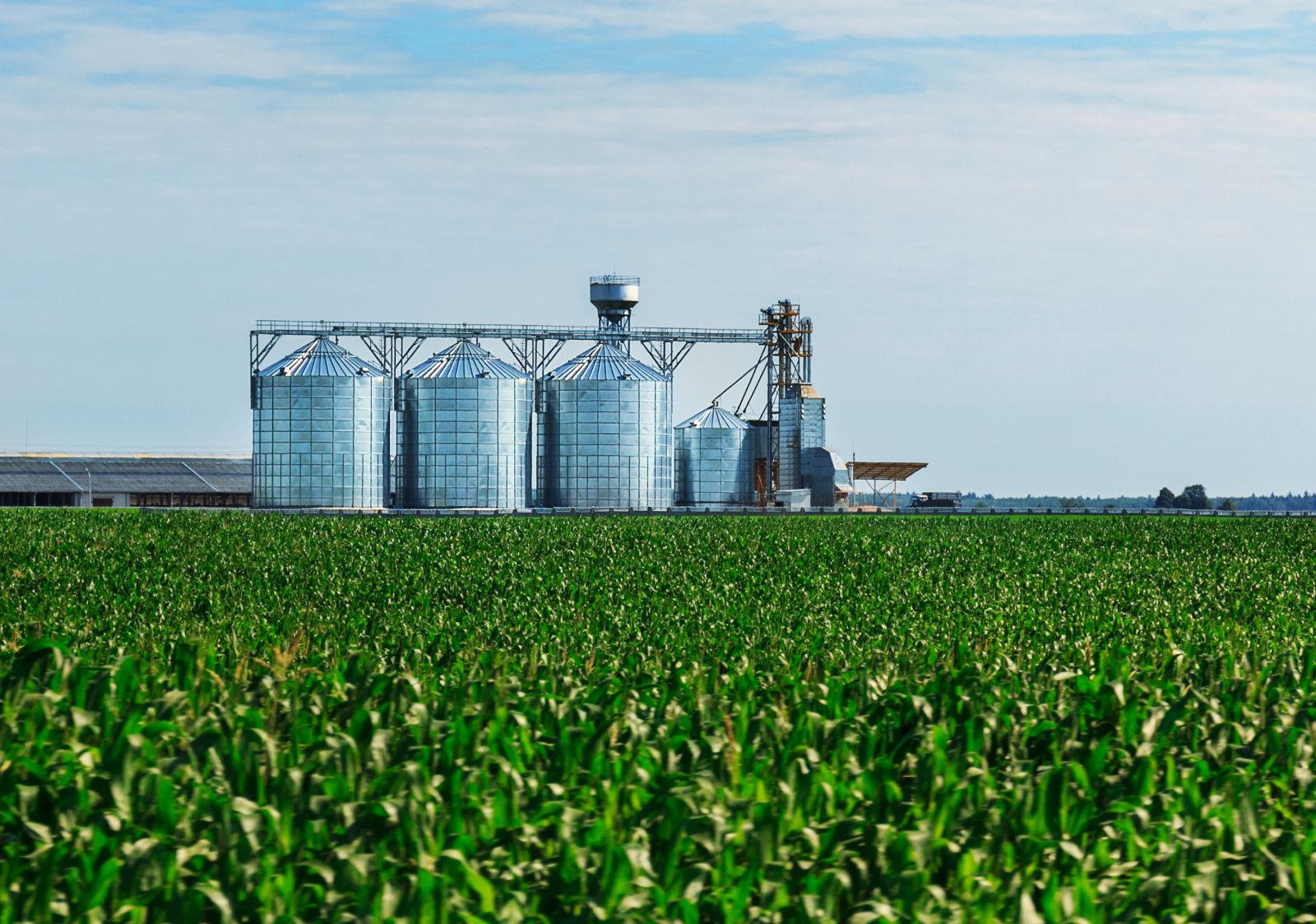
The new crop season has officially begun with the release of the USDA Prospective Plantings report. The numbers contained some surprises with corn acres coming in below expectations and both corn and soybean acreage coming in below the USDA Outlook Forum figures released in February.
The drop in principal crop area was the most surprising, with a year over year decline of 6.3 million acres. The biggest drops were seen in Texas (-1.2 million acres) and Kansas (-1.3 million acres), with most other declines across the Corn Belt on the 100,000 to 200,000 acre scale.
Many were shocked by the decline but to be honest, it should not have been that surprising. I spoke with Lance Honig from the NASS branch of the USDA a couple different times last year about the data the group provides. One of the most important points Mr. Honig made when discussing Prospective Plantings was that the acreage figures given in this report are 100% farmer response driven.
As I have mentioned many times before, I work directly with farmers, helping them market their physical bushels. I have talked to hundreds of growers over the last couple of months, whether at meetings or sitting in their shop or at their kitchen table going over their marketing plans, and all of them were thinking of ways to reduce their exposure this year.
The overall attitude heading into the planting season is one of the worst I have seen. With increased costs across the board, and falling market prices, absolutely no one should be surprised that the data provided by farmers did not paint an optimistic picture.
Having said that, I think there are a few things to keep in mind as we move ahead with the numbers. First, these numbers are very likely to change between now and when they are updated in the June report. Mother Nature and market direction—more so Mother Nature—will have the final say in what farmers put into the ground.
Many input suppliers say corn acres will be as high this year as last across much of the heart of the Corn Belt, especially in Iowa. While in the fringe states it’s more of a tossup, with growers who have options looking at planting what makes the most sense for their farm.
Secondly, these are the acreage figures the USDA will use in their initial new crop supply and demand outlook released in May and again in June. Taking the acreage update and keeping demand in line with outlook forum numbers, new crop corn ending stocks are still relatively adequate at 2.44 billion bushels. Doing the same for soybeans gives us a 335 million bushel carryout. Neither of which would be considered tight from a supply standpoint, though they are smaller than the forum projections.
Of course, these ending stock figures are using trendline yields of 181 bushel per acre for corn and 52 bushels per acre for beans. Playing around with yields can make for some quick changes in the outlook, though one must remember any major adjustment in production when doing so must be paired with a reduction in demand.
Perhaps the most important part though with the release of yesterday’s numbers, is the risk of a bearish surprise has been removed from the market for now. With funds thought to have sold off ahead of the number, the situation in the Black Sea starting to escalate, potential corn production issues starting to pop up in Argentina and South Africa and the entire Northern Hemisphere growing season ahead of us, the unknowns when it comes to the year ahead currently outweigh the knowns in a big way.
In the end, while the long-term outlook is still calling for more than adequate world supplies, the release of yesterday’s numbers calls for a reevaluation of risk and the subsequent need for risk premium in both corn and soybeans. I’ll share my thoughts on what the stocks numbers had to say next week. In the meantime, don’t hesitate to reach out with any questions.
On the date of publication, Angie Setzer did not have (either directly or indirectly) positions in any of the securities mentioned in this article. All information and data in this article is solely for informational purposes. For more information please view the Barchart Disclosure Policy here.






